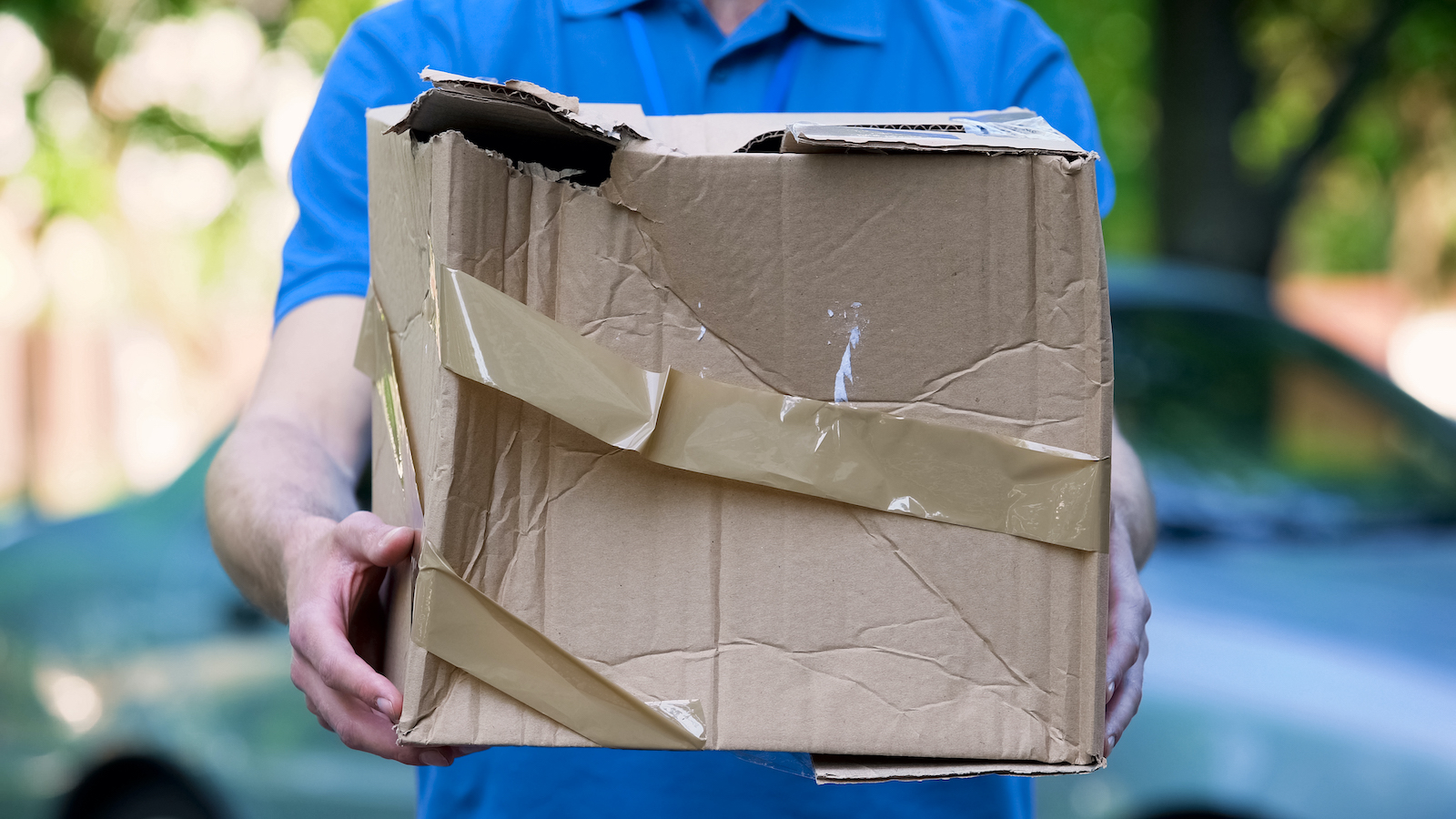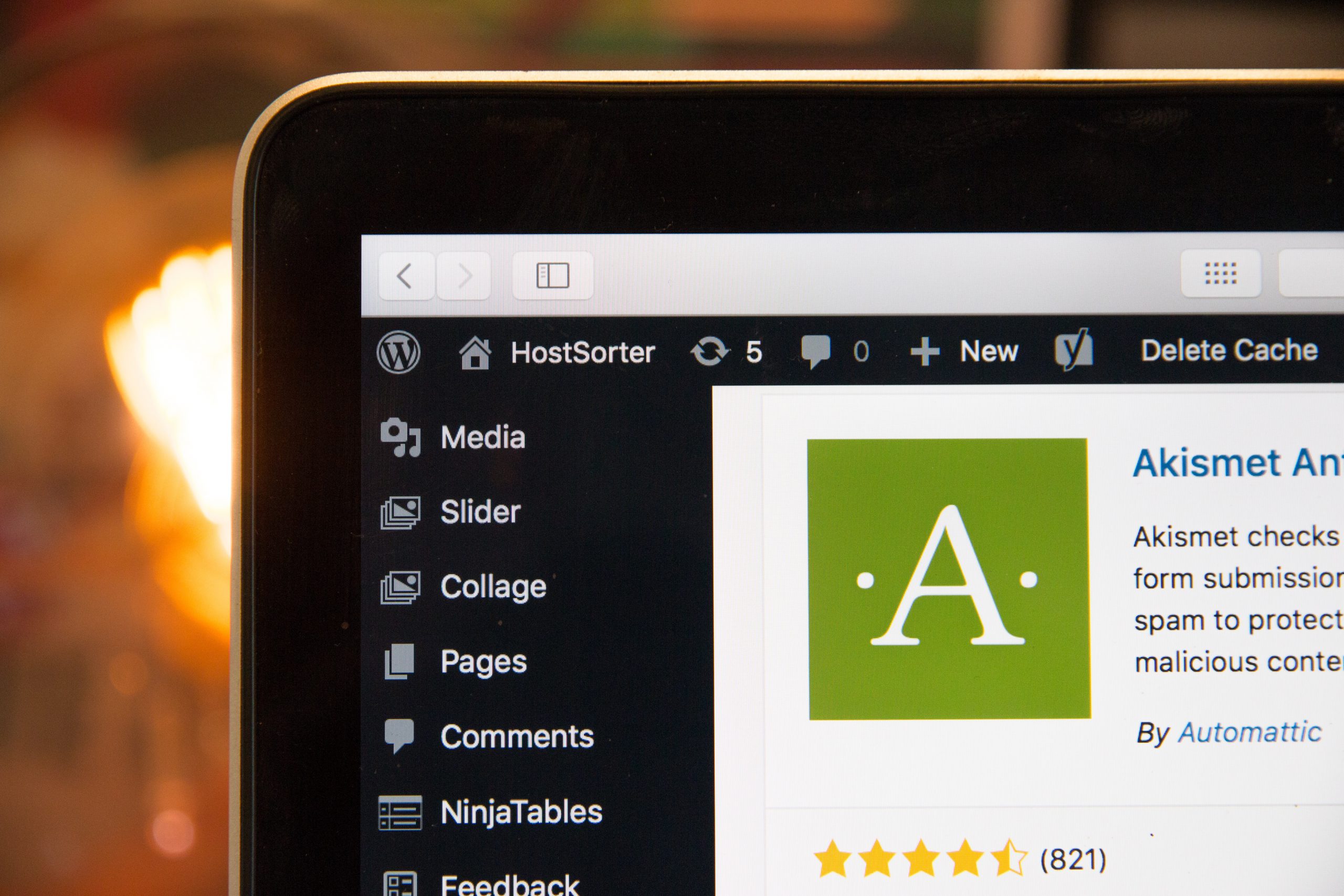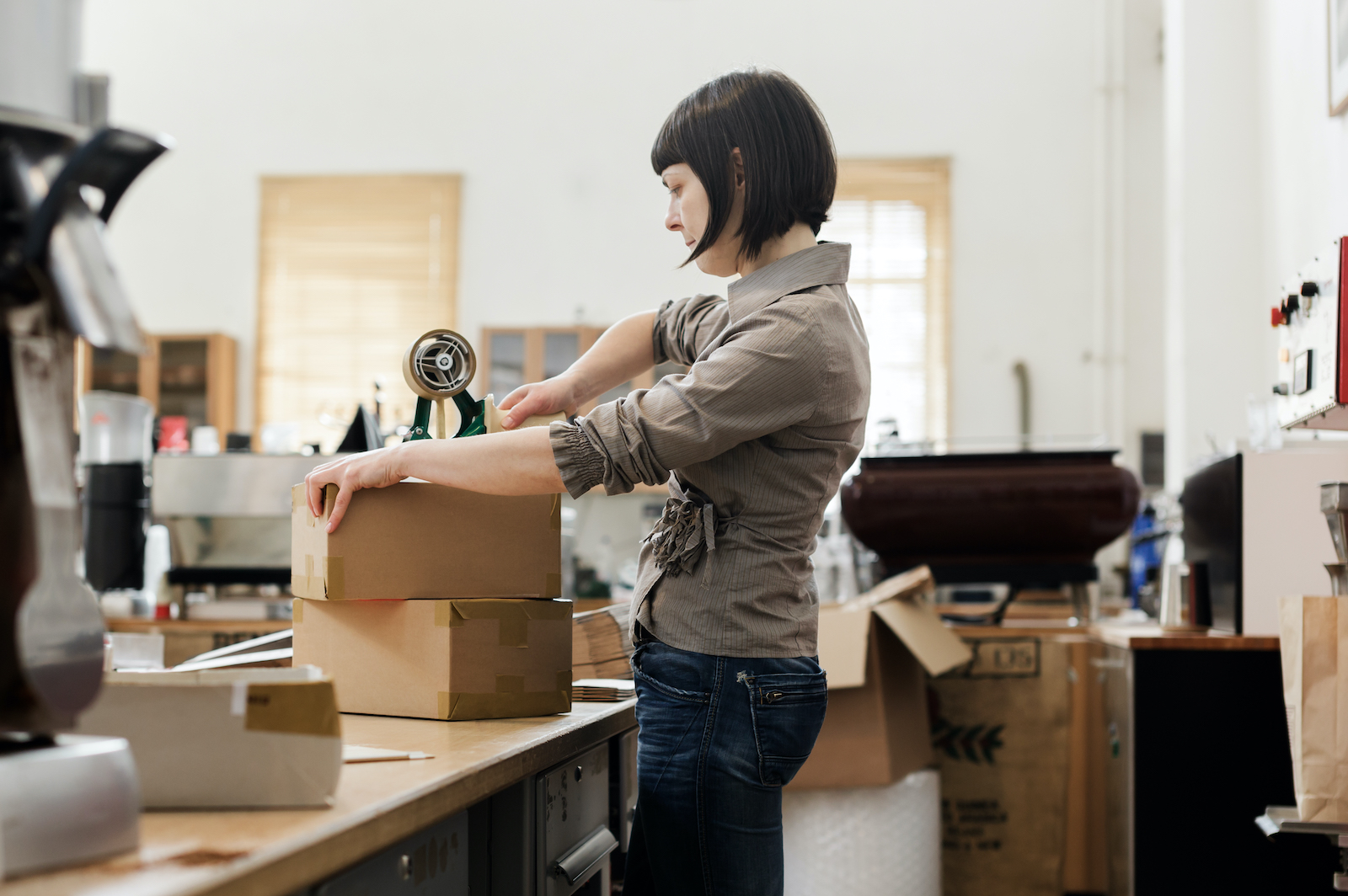Table of Contents
** Minutes
The 6 most common causes of shipping damages in ecommerce
7 key steps to prevent shipping damages
Are couriers liable for shipping damages?
Damaged products are an unfortunate but inevitable cost of doing business.
When you’re purchasing an item in-store, you can sometimes spot a damage before you buy it, and find a flawless item instead.
But in the world of ecommerce, consumers don’t have the luxury of physically inspecting an item before they buy, eliminating this quality control process. Even more, the act of shipping can increase the risk of damages.
While in transit, there’s a chance that packages will become damaged because of shippers, improper handling, water exposure, and many other possibilities that can impair an order.
Damaged products are a huge pain point for merchants, as they are often outside of their control, can affect customer satisfaction, and are very costly for high-quality products.
The costs of replacing damaged products are high, including the shipping cost to send the damaged item back to the merchant, the shipping cost to replace the damaged product with a reshipment, and the cost of the unsellable inventory itself.
Fortunately, there are ways to prevent damage so you can lower your costs and keep your customers happy.
The 6 most common causes of shipping damages in ecommerce
Here are a few reasons that packages become damaged at some point throughout the shipping process.
1. Too much empty space in the package
If the box or mailer you use is much bigger than the product that was ordered, then it’s more likely that the product will jostle around inside and get damaged if there’s not enough padding.
Another problem with using too large of a box is that you will be charged more for the space it takes up. Dimensional weight is how couriers calculate and charge for shipping. Even if the package is lightweight, if it is large, they’ll charge you for the size since it’s taking up more space on a delivery truck.
2. Not enough cushioning material
Not all packages need some type of filler (e.g., pillows, airbags), but having enough cushioning to protect the item can reduce the likelihood of shipping damages.
The dunnage you use will depend on the type of products you sell (and bubble wrap and packing peanuts aren’t always needed). A lot of the time, recycled kraft paper will do the job in avoiding damaged goods (and it’s cheaper and not as bad for the environment).
Boxes aren’t the only types of packaging that provide cushioning, if you use satchels or poly mailers, you might consider using bubble mailers if you’re finding a lot of orders are getting damaged as a result of too much extra space.
3. Improper handling
Your package will be handled by several different people along the supply chain, and even boxes marked “fragile materials” aren’t always treated as such. Improper package handing can result in damages that make your customers unhappy. Luckily, there’s insurance for improper handling (which we’ll explain in a bit).
4. Water and humidity damage
Changes in temperature or inclement weather along a shipping route can lead to damages. Additionally, if the package is left outside of a person’s home, unexpected rain can damage the package and its contents.
Excessive condensation can easily build up in trailers or containers if they’re exposed to extreme variations in temperature and humidity. When this happens, it can lead to warping, corrosion, or product-ruining mold.
You may consider including desiccants in shipments that will be passing through different climatic conditions. They’ll help keep your cargo considerably drier. You may also need to revisit your product packaging to ensure it’s protective enough.
5. Theft
While theft isn’t considered “damage,” it still results in high replacement costs for your business. Depending on when a package is stolen (in transit or more often, once delivered), your business will likely be held liable for the missing package.
To reduce the chances of theft, consider communicating to your customers the free services available from couriers like UPS that let you schedule delivery windows, have orders shipped to local designated pickups (like convenience stores), and more.
6. Infestation
If you’re shipping food products, infestation is something you have to be aware of. It’s the presence of a large number of insects or animals (rodents) in a place, typically causing damage to your products or contaminating them so they can’t be consumed. In most cases, infestation happens during overseas shipments in large freight ships.
Make sure your products have sturdy packaging that doesn’t let the consumable products break through easily in addition to the outside box.
7 key steps to prevent shipping damages
With 20% of ecommerce returns occurring because of damaged products, there are a lot of opportunities to prevent shipping damages and lower your costs.
1. Choose the correct box size
The box should be only slightly larger than the item you’re shipping, and the closer it is, the better. Make sure it has enough space for dunnage to prevent products from moving around (e.g., if you’re shipping shoes, then the box you place the shoebox in shouldn’t be much larger than the actual shoebox).
2. Wrap every item
If your product is fragile or susceptible to breaking, exploding, or spilling, make sure everything is wrapped in cushioning material. Knowing which type of dunnage to use for your packages is crucial to ensure nothing gets destroyed.
3. Fill empty space in the package
Use dunnage to fill any remaining space between the product and the box. Ideally, you want all the empty spaces filled with the right packing materials so nothing can move around. This is especially important for items like electronics where even a minor scratch could prevent it from working properly.
4. Do a trial run (or more than one)
If you’re working with a new courier or shipping partner, you can do trial runs or test orders to see if they deliver packages without being damaged. Regardless if you’re concerned about your packages incurring shipping damages, it’s still wise to send a trial package or two and see if it ends up at its destination safely.
5. Label the box as fragile
If the product is fragile, make sure the package handlers know and affix a “Fragile” shipping label on the box. You could even use two stickers on the side and top of the box to make sure they don’t miss the label.
6. Use impact/shock/tilt indicators
Affixing these inexpensive devices to your packages will both inform you where any damage may have occurred along the way and prompt the package handlers to be more careful.
7. Collect and review data on shipping damages
If you’re having a problem with shipping damages, make sure to record every damaged package, the type of damage, how it happened, and take steps to prevent these damages from reoccurring.
Are couriers liable for shipping damages?
Shipping couriers can be liable if you have proof they damaged the product during shipping. This can be hard to prove since you can’t see what’s going on with every individual package. But many of the major couriers offer shipping insurance to let the sender file a claim if the package was damaged or lost in transit.
If you can prove that the shipment was damaged even with proper packaging, inserts, or other materials to keep it safe (with photo evidence and an invoice for the lost or damaged order), you should be able to file a claim.
Tired of shipping damages? Start shipping with ShipBob
If you’ve noticed a high percentage of your packages are damaged during delivery, consider working with ShipBob to improve your operations. ShipBob is an order fulfilment company that takes a handful of precautions when shipping your packages including:
Professional packers and fulfilment experts
At ShipBob, we ship packages for thousands of ecommerce businesses everyday. Our warehouse teams use the right packaging for each individual product you sell.
With the volume or orders that come through our fulfilment network every single day, we have the best packaging materials stocked at all times, hundreds of retail fulfilment associates trained, and the know-how to reduce shipping damages across our shipping services.
“ShipBob has an excellent system in place, with all the resources, workflows, and processes needed to quickly and accurately fulfil all of our orders, including those that include our fragile glass bulbs and oversize lighting products. We don’t know how ShipBob does it, but it just gets done.”
Choose your own packaging preferences
ShipBob provides merchants with standard packaging materials (free and plain, without our logo). Alternatively, you can provide us with custom packaging materials to use. Our merchant dashboard makes it easy for you to indicate your packaging requirements at the SKU level.
Whether your items are fragile, are ship-ready (with no additional packaging needed, just a label), have their own branded boxes, require inserts, or need other custom materials, we not only accommodate your needs but make it easy to set and update.
Algorithm and automation
ShipBob’s proprietary software includes algorithms that use product dimensions and your packaging preferences to tell us which package size we should use for any order combination, so your orders will have consistent packaging and pricing.
For example, orders containing products marked as “fragile” will always go out in boxes with protective dunnage, even if the rest of the products have a packaging preference of poly mailers.
“ShipBob provided us with an in-depth analysis based on our order history and helped us understand which custom box sizes we should stock ourselves at ShipBob warehouses to help reduce our costs and remove empty space.”
Have claims filed for you (for free) when damages occur
We understand and realise that in the world of shipping, damages and losses happen. It could be our mistake or the courier’s, but we want to make sure that your items are covered. If damages occur while in transit, ShipBob files claims on behalf of each merchant at no extra cost.
“We worked with another 3PL that didn’t file claims for damaged shipments for us like ShipBob. We were a small company and had no time to do that ourselves.”
Lindsay Louise, Fulfilment & Retail Manager at Synchro
Conclusion
Packages are bound to get damaged from time to time. It happens. While it’s impossible to prevent 100% of damages, you should aim to reduce the number to improve profits in the long run.
Ecommerce businesses have to be prepared and know how to resolve shipping damages. To achieve this, you can work with a shipping and logistics partner that helps you securely store inventory, accurately pack boxes, and reduce shipping damages with best practices and technology.
Learn how ShipBob can help you reduce shipping damages and streamline fulfilment by clicking on the button below. Get in touch to see if we’re the right fit, request pricing, and learn more.



